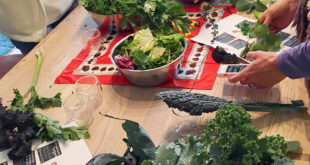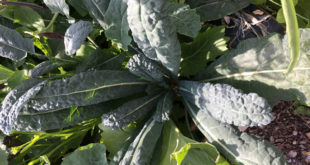Drying herbs is an economically savvy food preservation strategy, because fresh and dried herbs and teas demand high prices at the grocery store. Dehydrating is an easy method to preserve food.
Your own dried herbs will taste better than store-bought because they’ll be newer and thus more pungent. If you grow your own herbs, you can also choose the tastiest varieties. When herbs are dried, they are safe from bacteria, mold and yeast, and will remain potent for at least 6 to 12 months. To remove moisture, all you need is air circulation. Some warmth can also help. The 6 methods detailed here fit the bill.
Choosing Herbs for Drying
The following herbs are good candidates for drying. Some herbs, although they can be dried, retain their flavor better if frozen. These include basil, borage, chives, cilantro, lemongrass, mint, parsley.
Leaves: bay, celery, chervil, dill, geranium, lemon balm, lemon verbena, lovage, marjoram, oregano, rosemary, sage, summer savory, tarragon, thyme
Seeds: anise, caraway, celery, chervil, coriander, cumin, dill, fennel, mustard
Flowers: bee balm, chamomile, chive, dill, geranium, lavender, linden, marigold, nasturtium, rose, thyme, yarrow
Washing herbs usually isn’t necessary if they are grown organically. Harvest herbs in mid-morning before newly developed essential oils have been burned off by the sun, but after the dew has dried. Remove old, dead, diseased or wilted leaves.
When you harvest herbs for their seeds, the seed heads should be turning brown and hardening, but not yet ready to shatter. To harvest herbs for their flowers — such as chamomile flowers or thyme spikes — snip flower buds off the plants close to the first day the buds open.
Learn more about methods of drying herbs here.
 bfc.green Promoting Green Lifestyle
bfc.green Promoting Green Lifestyle


